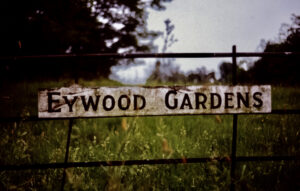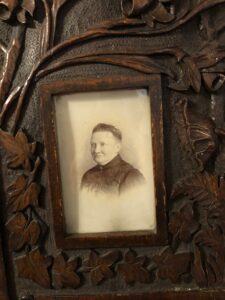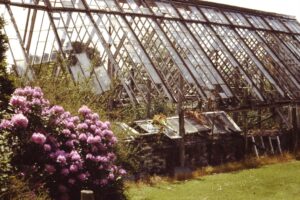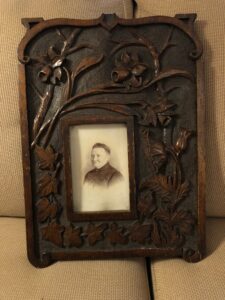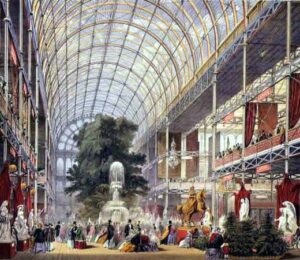EPISODE 501 SEX AT EYWOOD IN 1812…Lord Byron had 54” pants (waist) , why did he attract women?
alan skeoch
Jan, 3m 2022
The HARLEY family were first owners of Eywood and their family descendent are buried in the graveyard of St. Peter’s Anglican church
in the small village of Titley by the front gatekeeper’s cottage entrance to Eywood court
alan skeoch
Jan. 2,2022
jane (scott) Harley…countess of Oxford…scandalous behaviour was widely known and recorded.

upload.wikimedia.org/wikipedia/commons/thumb/b/b7/The_Countess_of_Oxford_and_her_daughter%2C_Lady_Jane_Elizabeth_Harley%2C_by_follower_of_John_Hoppner.jpg/1024px-The_Countess_of_Oxford_and_her_daug… 2x” data-file-width=”1707″ data-file-height=”2000″ class=””>
JANE ELIZABETH SCOTT…COUNTESS OXFORD OF EYWOOD COURT (1774 – 1824)
Paintngs of Jane Scott, Countess Oxford confirm she was a very attractive woman
Jane Elizabeth Scott must have been a very sexy woman. Very desirable. The fact she was married to the 5th Lord
Oxford, (Edward Harley), the owner of Eywood Court did not impede her desire to spread herself around so to speak. I must
try to keep this episode under control lest readers think I am leaning towards sensationalism. Lord Oxford must have
known her indiscretions but there are no documents indicating his feelings. None that I have found yet that is.
Where should I start? Should it be Lord Byron? He is certainly the most famous. A world renowned
poet whose ability with words remains on school curricula around the world. But not
such an admirable chap. Amoral. An exploiter of women, particularly married women. Willing
women Certainly the countess of Eywood Court was very willing to hvave a month long affair with
Lord Byron right under her husband’s nose.
So I will start this episode with Jane Elizabeth Scott, the wife of Edward Harley, Lord Oxford. Jane was a
very pretty woman when her portrait was painted in 1797. And she must have remained attractive 15 years
later when she was bedded for by Lord Byron.
Apparently Jane Scott, a Christian ministers’ daughter made no
effort to disguise her infidelity. Lord Byron stayed at Eywood for October, 1812. His letters written while at Eywood are available
but rather boring…even petty to read. Like gossip that has been laundered.
There were much bigger events in the fall of 1812.
Napoleon was fleeing Moscow and thousands died in the flight. Lady Oxford and Lord Byron
were in bed early it seems. Who would care?
Was Jane smitten with Lord Byron? Seems so. But she was notoriously unfaithful.. So much so that
her six children were known far and wide as “Harlien Miscellany” Eight children by many fathers. One woman, many men.
GEORGE GORDON,,,,LORD BYRON
Why was Lord Byron so attractive to women? I have no good answer. Apparently some archivist
saved his pants which had a 54 inch waist. Hardly the shape of an Olympic athlete.
What was this man real like? Almost all the images of him are false…’pretty’ distortions
of what he really looked like.
Nearly all the paintings of George Gordon (Lord Byron) show him to be a strikingly handsome
msn. Even pretty if that term can be applied to a man. The kind of man young women would
find desirable. The trouble is that all these pretty paintings seem to be fakes. Lord Byron
was not such a handsome man. His pants had a waist and of 54 inches.. He was fat to
the point of obesity. Plain..
Lord Byron was 24 when he lived at Eywood in 1812, the Countess
of Oxford was 40 years old. She was a married woman and her husband
Lord Oxford (Robert Harley) has left no record of his feelings. Infidelity
happened. The film series titled Downton Abbey touches on that..but
the touch is very gentle. More pronounced is homosexuality but the activities
are kept among the downstairs servants. The record of Byron and Countess Oxford
were widely known in 1812 and made Eywood Court quite famous even up to
the 20th century…i.e.1954 when Eywood was sold the story of Byron
is told in the auction booklet.
LORD BYRON … BEYOND THE SCANDALS HE MADE AN INDELIBLE MARK ON GREAT LITERATURE
Byron is considered one of the world’s great poets … also a political reformer who advocated extending
the vote,
He was a very complicated man which may have been one reason women were attracted to him. The
idea of marriage to one person for life was never part of his lifestyle except for a brief marriage
He was a classic philanderer. When he was bedding Jane Scott, Countess of Oxord in 1812 he had
just broken up with another married woman and would go on to many sexual relationships with others.
Not just women. Byron was bisexual. He said women kiss better than men otherwise no difference.
Byron had many quirks in his character. For instance he was born with a club foot which he tried to keep
hidden from his many conquests. To do so he never slept in the same bed as his lovers. Apparently. A bit
hard to believe. But there is so much that is hard to believe bout Lord Byron.
He was so disliked. so controversial that his body was refused by when offered to Westminster Abbey as one of England’s great poets.
Finally in 1969, a slab was mounted in the Abbey acknowledging Lord Byron. Chuchleaders did not
want Byron glorified by such a marker. Why?
FACTS ABOUT LORD BYRON…BIZARRE AND GIFTED MAN
1) He suffered from both gonnorhea and Syphilis by the time he was 21.
2) He was overweight…14 stone…and tried weird diets
to lose weight…drinking vinegar, chewing pine gum, eating only mashed potatoes…His pants had a 44 inch waist and he wore a corset.
(see Guardian feature on Byron)
3) As mentioned, He was bisexual and did not disguise such. “Women kiss better.”
4) Had one child by his half-sister.
5) He was wildly popular which one writer describes s “Byronmania”
6) He kept his own zoo…loved animals.
“While he was studying at Cambridge, he was told all pet dogs were banned (wanting his bulldog Smut living in his dorm). Byron was so annoyed he bought a tame bear instead. He’d walk the bear around the grounds on a chain like a dog and got great pleasure from the terrified reactions.”“
Percy Shelley describes this arrangement: ‘Lord B’s establishment consists…of ten horses, eight enormous dogs, three monkeys, five cats, an eagle, a crow, and a falcon…just met on the grand staircase five peacocks, two guinea hens and an Egyptian Crane.’”
7) Byron had a peculiar fascination for skulls and other macabre items. Newstead Abbey, seat of the Byron family,
was a favourite site for his ’spooky’ activities. For instance he kept a coffin in the dining room as an
indoor target for his shooting gallery. The skulls of monks buried st the abbey were adapted
as drinking bowls and flower pots. When Shelley died, Byron asked if he could have his skull. The Shelley family refused.
8) Byron loved playing war game with toy boats on the little lake at the family estate — fascination with military
— left England to join Greek army in 1824 and never returned
9) One rainy day in 1816 on Lake Geneva Dyron suggested to his friends they sit down
and write ghost stories. Shelley wrote about a creature called Frankenstein and Byron’s doctor , Wiliam Polidoris wrote about Vampires. Both
Frankenstein and vampires have become the ultimate markers for ghost and terror stories today.
10) He marketed himself. Pretty images…handsome. Images closer to the truth were rejected. He prettied himself up in other words
11) He treated women badly…got them pregnant…no sense of loyalty to one or the other.
Here are four paintings of Byron. Only the painting on he far right is close to what the real Byron looked like.
STOP! STOP! SOME WILL FIND BYRON DISGUSTING…MANY DID IN HIS OWN TIME
HE FELT IT BEST TO FLEE ENGLAND LEST HIS BISEXUALTY WOULD LEAD TO CONVICTION
AND PERHAPS EXECUTION. SO THIS IS A GOOD TIME TO CONSIDER HIS POETRY AND EVEN
THE HARSHEST CRITICS FOUND THE POEMS CAPTIVATING. TAKE ‘DARKNESS’ AS AN
EXAMPLE. IN 1816 THE WORLD DID NOT KNOW WHAT WAS HAPPENING. “THE YEAR WITH NO SUMMER’
SEEMED LIKE THE END OF THE WORLD WAS ABOUT TO OCCUR. BYRON CAPTURED THAT FEELING
IN THE POEM ‘DARKNESS’
DARKNESS
Year: 1816
“The eruption of Indonesian volcano Mount Tambora in 1815 is considered one of the greatest natural disasters ever to befall mankind. The following year, in which this poem was written, saw darkness and record-cold temperatures across Europe; and is known as “the year without a summer”. Byron’s poem, inspired by the then inexplicable darkness caused due to this eruption, uses the hellish biblical language of the apocalypse to convey to his readers the real possibility of the occurrence of the events described in the holy text. Previously read as an apocalyptic story of the last man on earth, Darkness is now regarded by many critics to be anti-biblical despite its many references to the Bible. It remains one of Byron’s most analysed poems.”


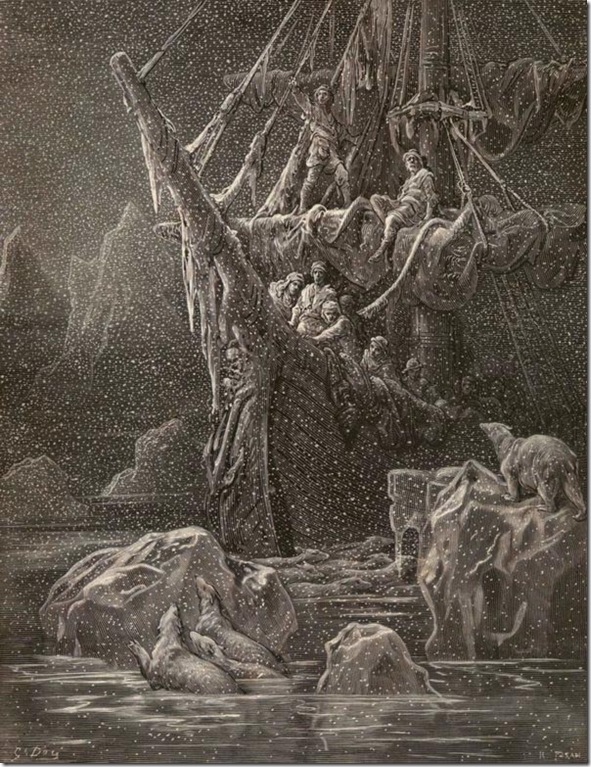
Paintings done in the summer of 1816 expressed the global fear that the world was coming to an end.
ROMANTIC POETRY
One of Byron’s most famous romantic poem is titled
SHE WALKS IN BEAUTY , LIKE THE NIGHT and
expresses his admiration of a young woman who did
not become one of his conquests.
THE END
POST SCRIPT
ADA LOVELACE — BYRON’S ONE LEGITIMATE DAUGHTER LEFT A LEGACY THAT AFFECTS US ALL — THE COMPUTER
Byron had only 1 legitimate daughter Linda Lovelace,
Ada Lovelace remained interested in Byron and was, upon her eventual death, buried next to him at her request. Ada worked with mathematician Charles Babbage on the Difference Engine, a calculator, and the Analytical Engine, a mechanical computer for which she wrote the world’s first algorithms. She showed amazing foresight concerning the abilities of computers to do more than deal with numbers. Ada was the world’s first computer programmer and the programming language ADA was named in her honour. She died at 36, the same age as her father. In her final years she was like her father in other ways, including romantic scandals, problems with alcohol and opium, and gambling debts.
CHILDE HAROLD’S PILGRIMAGE
Year: 1812 – 1818
This is a long narrative poem in four cantos with the first two published in 1812; the third in 1816, and the fourth in 1818. It is a loosely autobiographical account of Byron’s two year long tour of Europe from 1809 to 1811. “Childe” is a title from medieval times, designating a young noble who is not yet knighted. The poem describes the travels and reflections of a world-weary young man and is renowned for depicting, with unprecedented frankness, the disparity between romantic ideals and the realities of the world. Childe Harold’s Pilgrimage is also noted for being the first work to depict the Byronic hero, one of the most potent and relevant character archetypes in western literature. Childe Harold’s Pilgrimage is one of the most famous works of Lord Byron and it was on publication of its first two cantos that Byron first gained public attention and acclaim.
Excerpt:-
There is a pleasure in the pathless woods,
There is a rapture on the lonely shore,
There is society where none intrudes,
By the deep Sea, and music in its roar:
I love not Man the less, but Nature more,
From these our interviews, in which I steal
From all I may be, or have been before,
To mingle with the Universe, and feel
What I can ne’er express, yet cannot all conceal.
SHE WALKS IN BEAUTY
Year: 1813
The most famous short poem of Lord Byron, She Walks in Beauty consists of three stanzas of six lines. The poem celebrates the external appearance as well as inner beauty of a woman by whom the poet is captivated. The speaker starts by admiring the harmony of the woman’s external appearance before he suggests that her perfect looks are a reflection of her inner goodness. It is said that Byron was inspired to write She Walks in Beauty after meeting his cousin by marriage, Mrs. Anne Beatrix Wilmot, who was in mourning and wearing a black dress. Byron was struck by her unusual beauty and wrote the poem the next morning.
Excerpt:-
She walks in beauty, like the night
Of cloudless climes and starry skies;
And all that’s best of dark and bright
Meet in her aspect and her eyes:
Thus mellow’d to that tender light
Which heaven to gaudy day denies.
#1 DON JUAN
Year: 1819 – 1824
Don Juan is a legendary fictional character known for being devoid of most moral or sexual restraints. His name is a common metaphor for a “womanizer”. Based on the legend of Don Juan, Byron’s poem reverses his traditional portrayal and instead shows him as not a womaniser but as someone easily seduced by women. The poem consists of 16 cantos with the 17th being unfinished at the time of Byron’s death in 1824. Byron is credited with inventing the expression ‘Truth is stranger than fiction’ in this poem. Don Juan is considered as the masterpiece of Lord Byron and ranks as one of the most important English long poems since John Milton’s renowned work Paradise Lost. It is a variation of the epic form and Byron himself called it an “Epic Satire”. Lord Byron is so highly regarded among scholars mostly due to the satiric realism of Don Juan.
Excerpt:-
Tis strange,-but true; for truth is always strange;
Stranger than fiction: if it could be told,
How much would novels gain by the exchange!
How differently the world would men behold!
Byron had a fascination for the supernatural — so the reputedly haunted seat of the Byron family, Newstead Abbey, became a favourite venue for Byron’s entourage. His gothic flamboyance perpetuated this sense of the spooky. A coffin stood at one end of the dining room, which Byron had turned into an indoor shooting gallery. Skulls of the monks who had been at buried at the abbey and Byron’s own ancestors from the family crypt were used as flowerpots that lined the walls. He also had a drinking mug made from one of these monkish skulls and served drinks in others. Byron and his friends even wore long, dark, hooded robes as worn by medieval monks, for their soirees. When Percy Shelly was cremated, Byron asked if he could keep Shelley’s skull but he was refused because of his fetish for using them as goblets.

img.theculturetrip.com/768x/smart/wp-content/uploads/2016/01/b4.jpg 768w,
img.theculturetrip.com/1440x/smart/wp-content/uploads/2016/01/b4.jpg 1440w” class=”” loading=”lazy” data-pin-nopin=”true” style=”box-sizing: border-box; position: absolute; top: 0px; width: 600px; height: 862.328125px; opacity: 1; object-fit: cover; transition: 3s; will-change: opacity;”>
Alfred Edward Chalon: Ada Lovelace. 1830 |©SirHenryNorris / WikiCommons
Ada Lovelace was Byron’s only legitimate child. Byron separated from her mother a month after Ada was born and left England forever four months later, eventually dying of disease in the Greek War of Independence when Ada was eight in 1824. Ada’s mother remained bitter towards Lord Byron and promoted Ada’s interest in mathematics and logic in an effort to prevent her from developing what she saw as the insanity seen in her father.
However, Ada remained interested in Byron despite this (although he never had a relationship with her) and was, upon her eventual death, buried next to him at her request. Ada worked with mathematician Charles Babbage on the Difference Engine, a calculator, and the Analytical Engine, a mechanical computer for which she wrote the world’s first algorithms. She showed amazing foresight concerning the abilities of computers to do more than deal with numbers. Ada was the world’s first computer programmer and the programming language ADA was named in her honour. She died at 36, the same age as her father. In her final years she was like her father in other ways, including romantic scandals, problems with alcohol and opium, and gambling debts.

img.theculturetrip.com/768x/smart/wp-content/uploads/2016/01/b5.jpg 768w,
img.theculturetrip.com/1440x/smart/wp-content/uploads/2016/01/b5.jpg 1440w” class=”” loading=”lazy” data-pin-nopin=”true” style=”box-sizing: border-box; position: absolute; top: 0px; width: 600px; height: 896.5px; opacity: 1; object-fit: cover; transition: 3s; will-change: opacity;”>
Anonymous Artist: Byron in Greek Costume. C.1830 |©Amadscientist / WikiCommons
Byron savoured being a faux military General. He constructed two small stone forts on the edge of his lake and launched a fleet of toy ships, which he spent entire days directing while hidden in his fort. He even got his servant to sit still in a small boat in the lake and ‘command the ships’, involving pushing them around and making cannon and whistle noises with his mouth.
Escaping from Britain with a cloud of infamy hanging over him led Byron firstly to Venice, where his singular preoccupation was to learn Armenian. Venice was and is the home of the Mekhitarist Congregation, a collection of Armenian monks who had settled there. He was impressed by the monks ethos and the rich language. Today, Byron’s brief interaction with the Armenian community of Venice is celebrated with a preserved room where he worked, with items he used. He was the first Westerner in the modern era to take an interest in Armenian culture.

img.theculturetrip.com/768x/smart/wp-content/uploads/2016/01/b6.jpg 768w,
img.theculturetrip.com/1440x/smart/wp-content/uploads/2016/01/b6.jpg 1440w” class=”” loading=”lazy” data-pin-nopin=”true” style=”box-sizing: border-box; position: absolute; top: 0px; width: 600px; height: 420.9375px; opacity: 1; object-fit: cover; transition: 3s; will-change: opacity;”>
Joseph Denis Odevaere: Lord Byron on his Death-bed. C.1826 |©Zen3500 / WikiCommons
During his summer with the Shelleys at Lake Geneva in 1816, Byron suggested the group spend a rainy afternoon writing ghost stories. Mary Shelly wrote what became Frankenstein and Byron’s doctor William Polidori wrote ‘The Vampyre’, the story that inspired future interpretations from Dracula to Twilight. This vampire story was read all over Europe and based on a literary idea by Byron himself (the story was first published under Byron’s name originally explaining the great interest). The type of vampire in the story was wholly new. Previously the vampires in European folklore were peasants and villager spectres, dirty with talon-like fingernails as seen in Werner Herzog’s Nosferatu.
By contrast, Polidori’s vampire is rich, aristocratic and weighed down by ennui — much like Byron himself. The vampire is called Lord Ruthren, a name that can be linked back to Byron, as one of his former lovers Lady Caroline Lamb created a villain called Lord Ruthren Glenarvon, incidentally written as revenge against Byron. Lord Ruthren has cold grey eyes, it is impossible to know what he is thinking and he mixes with the cream of high society. He is liked, but is a secret predator eager to lead the virtuous astray with his charms — traits which are familiarly Byronic.

 Caldecott House
Caldecott House
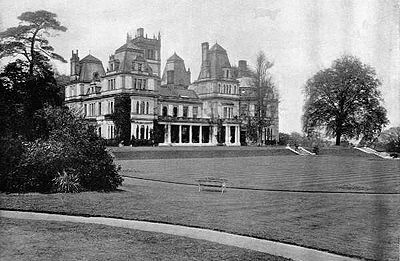
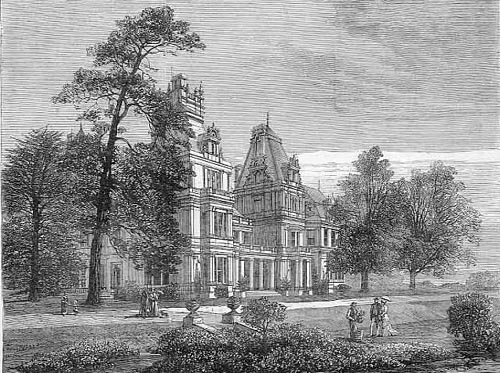

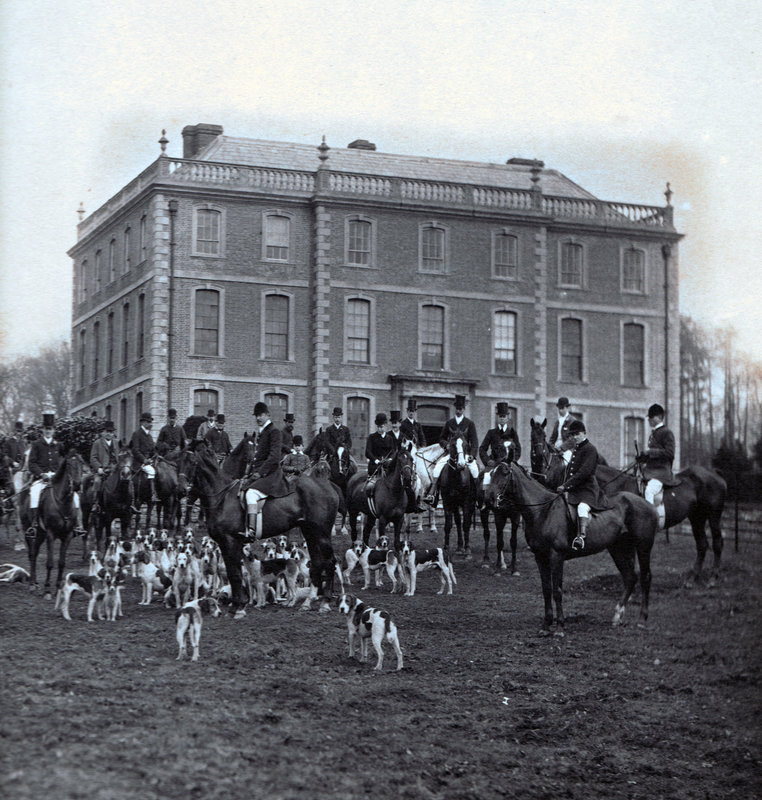



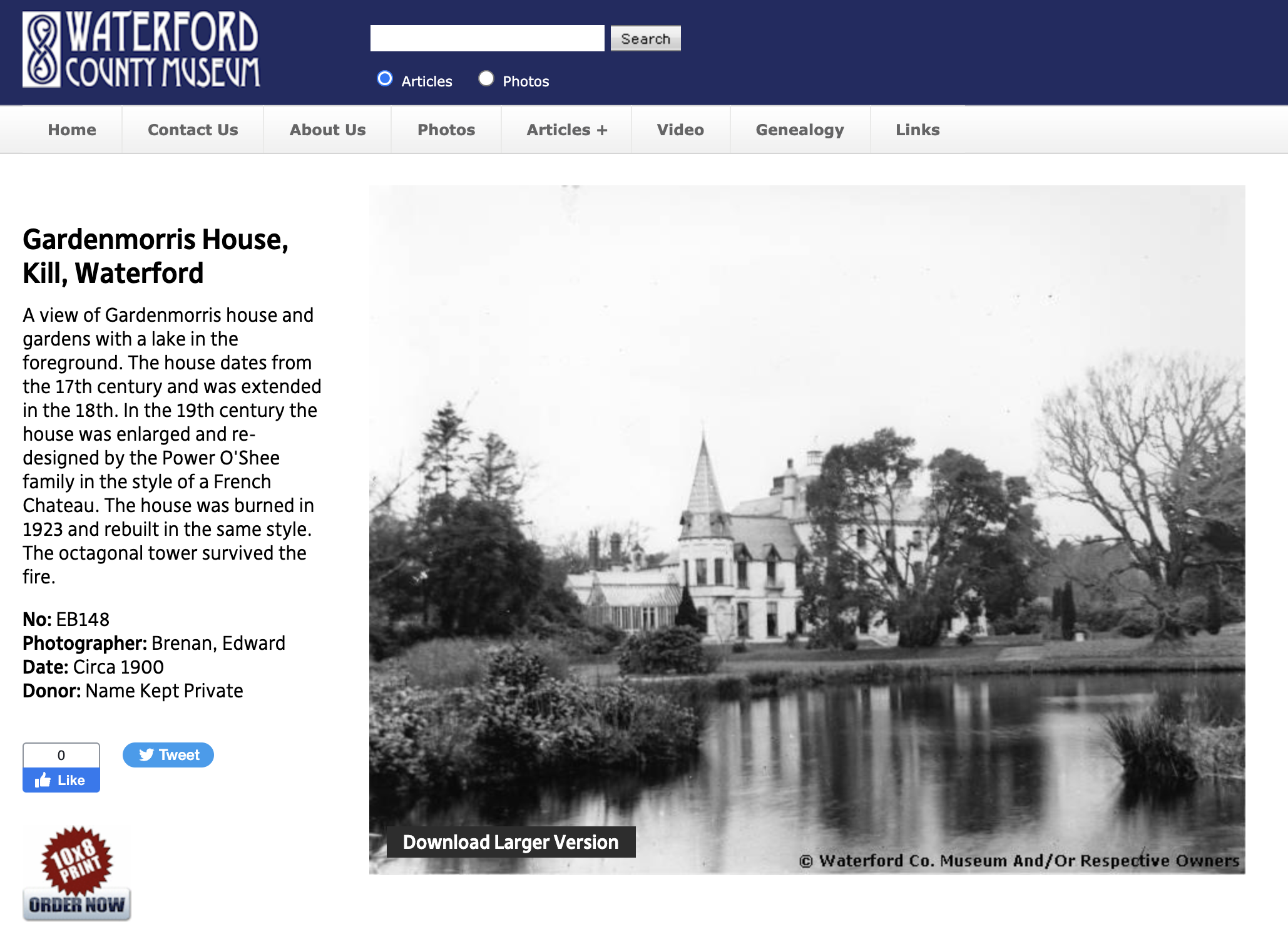
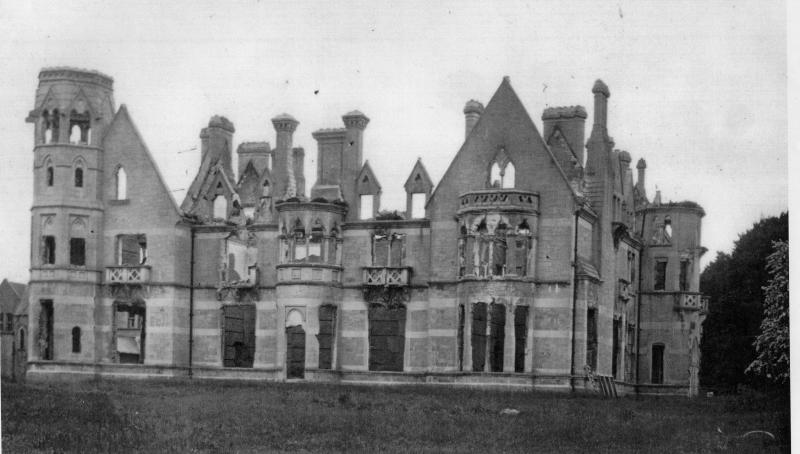


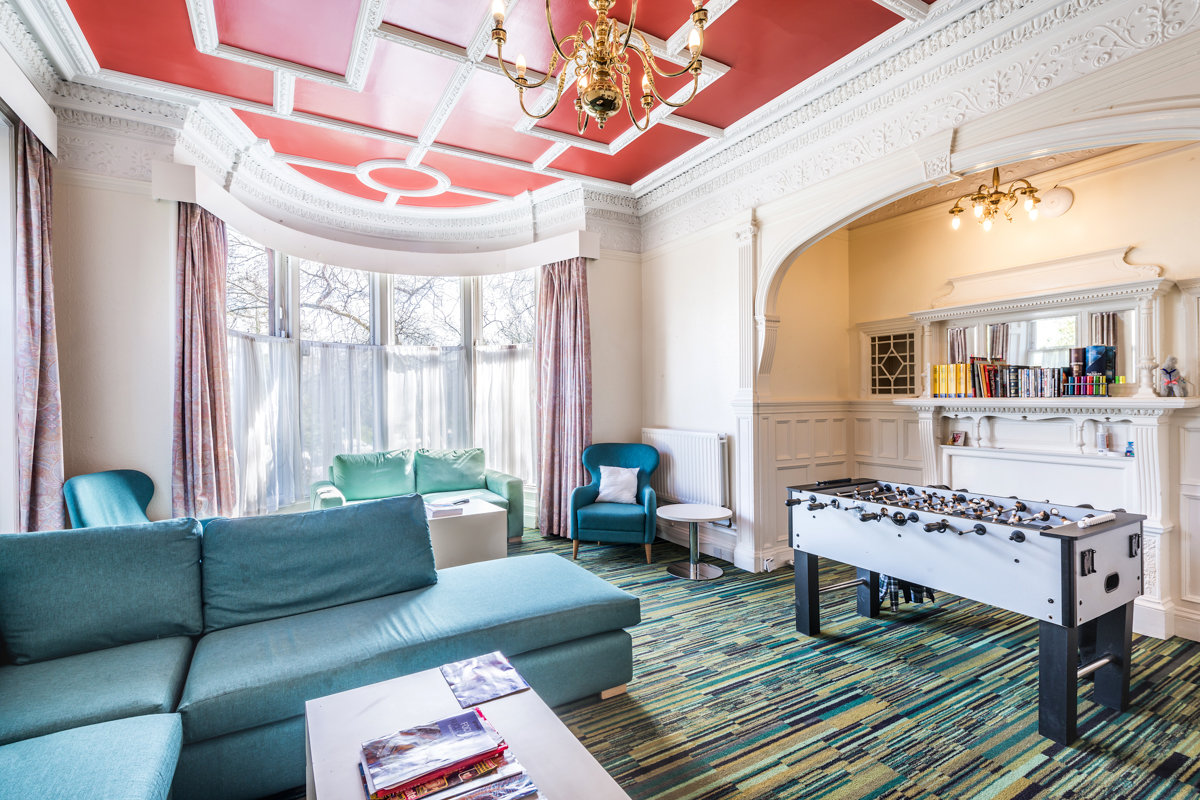




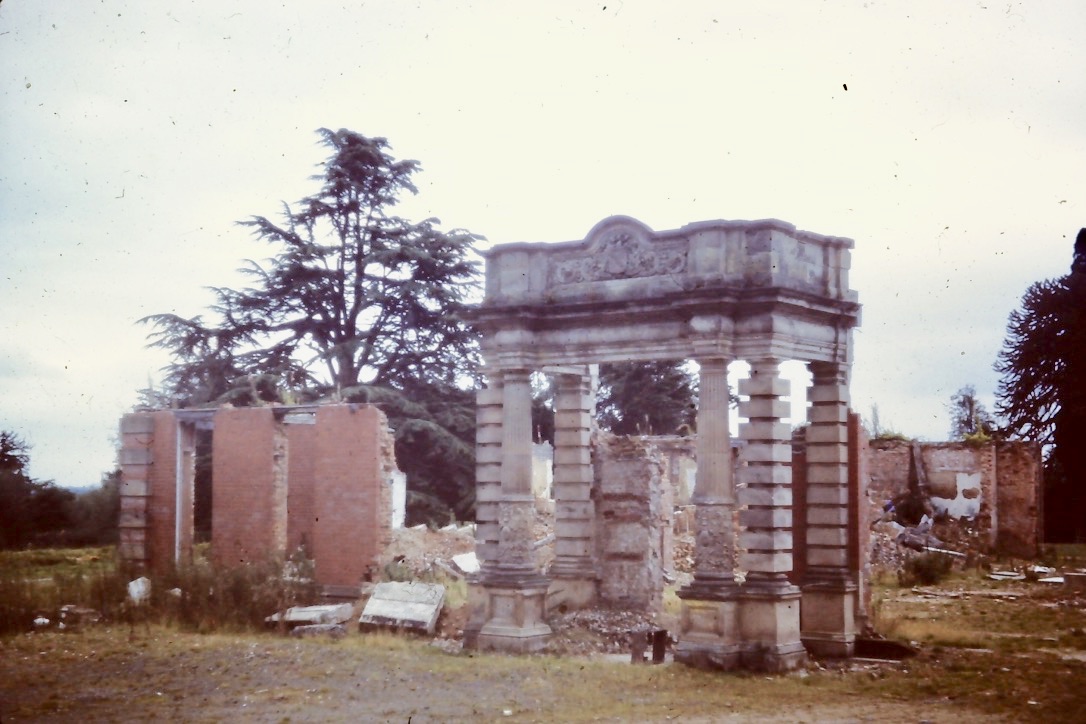
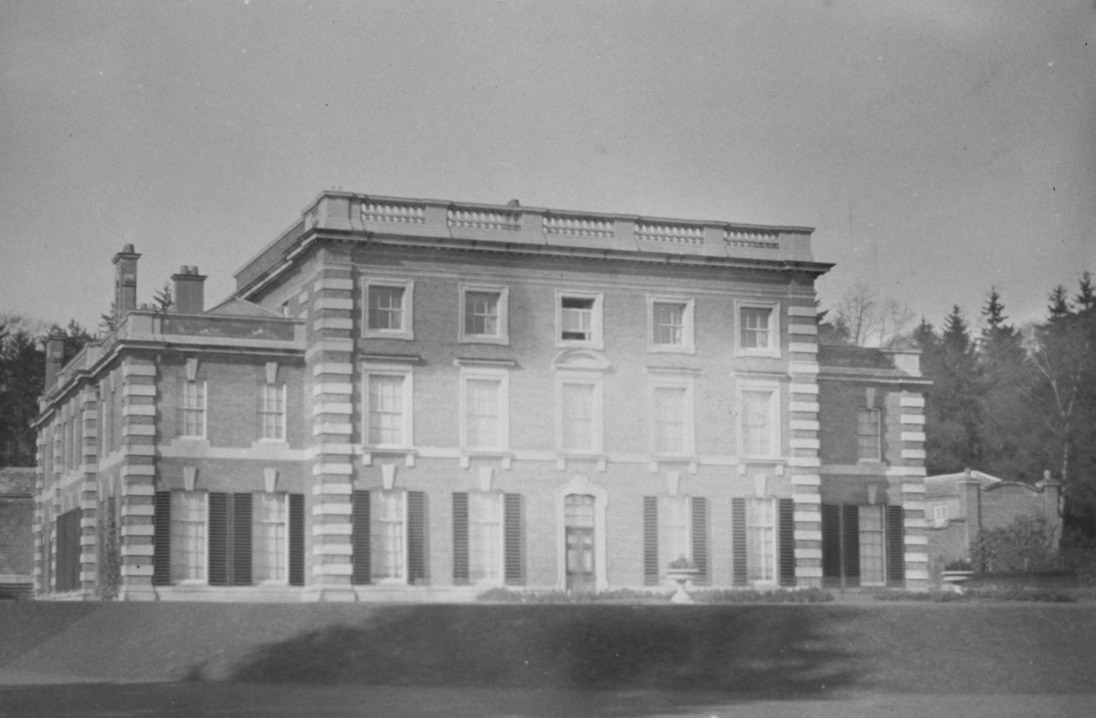
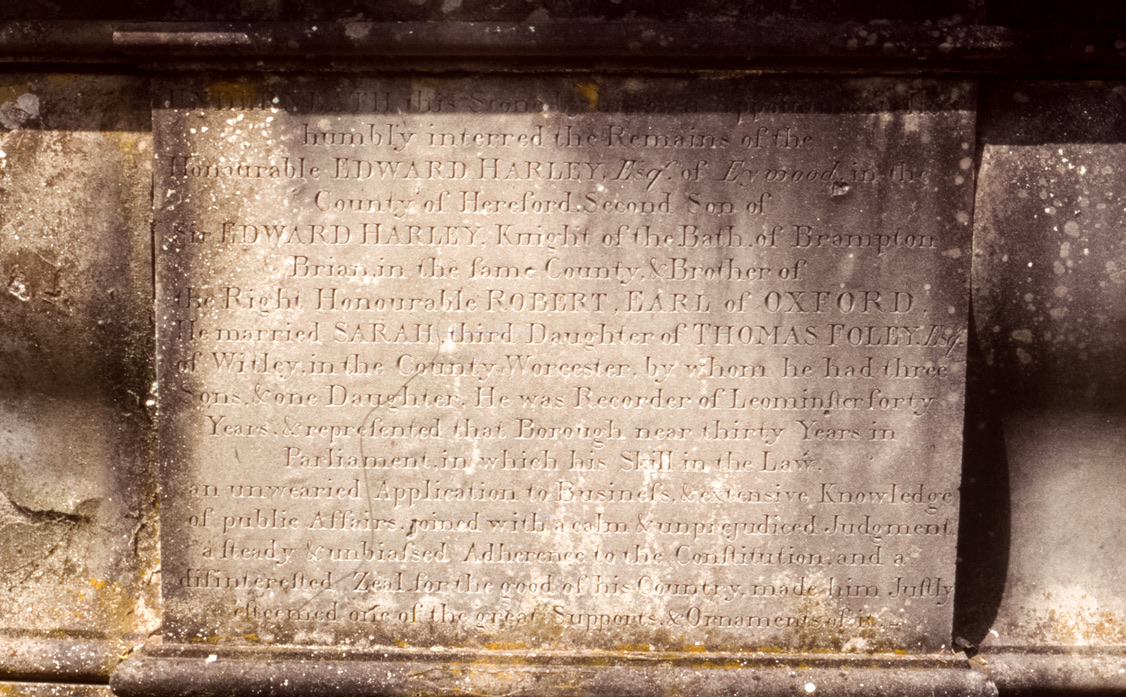
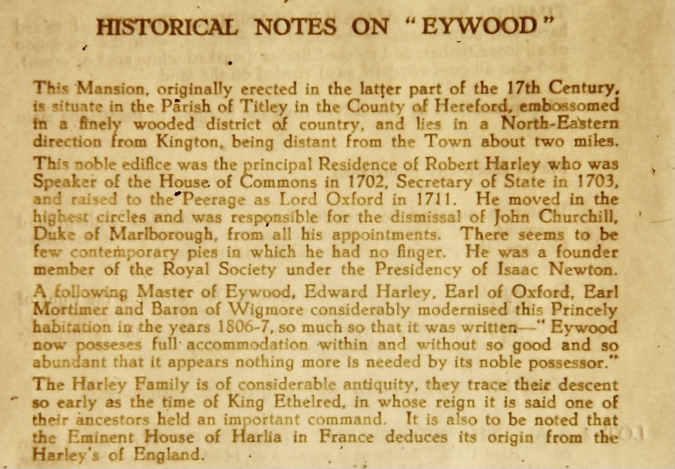


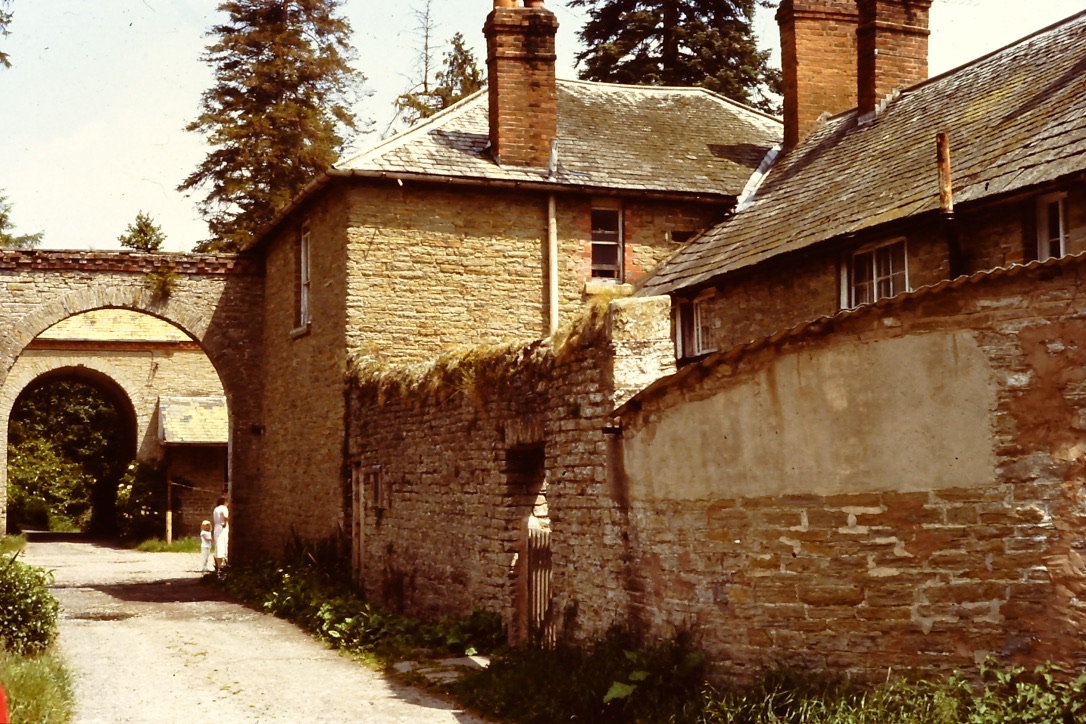
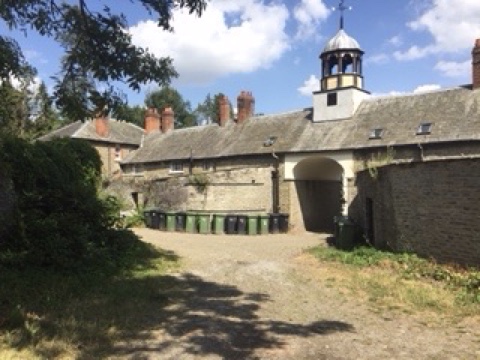

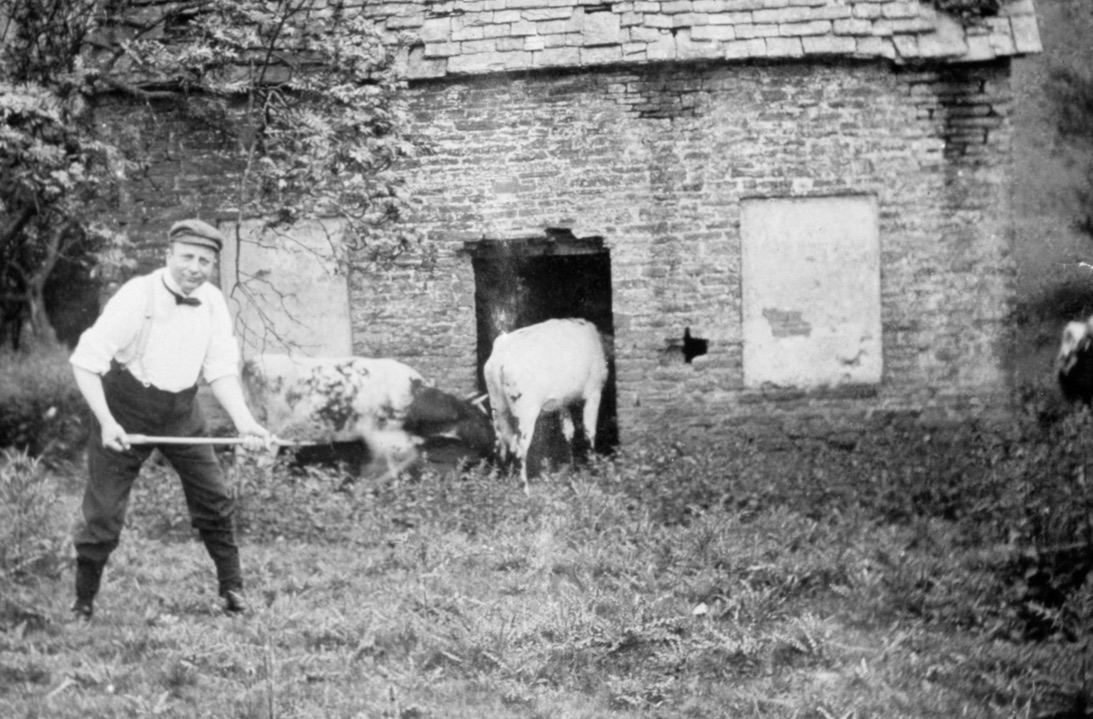
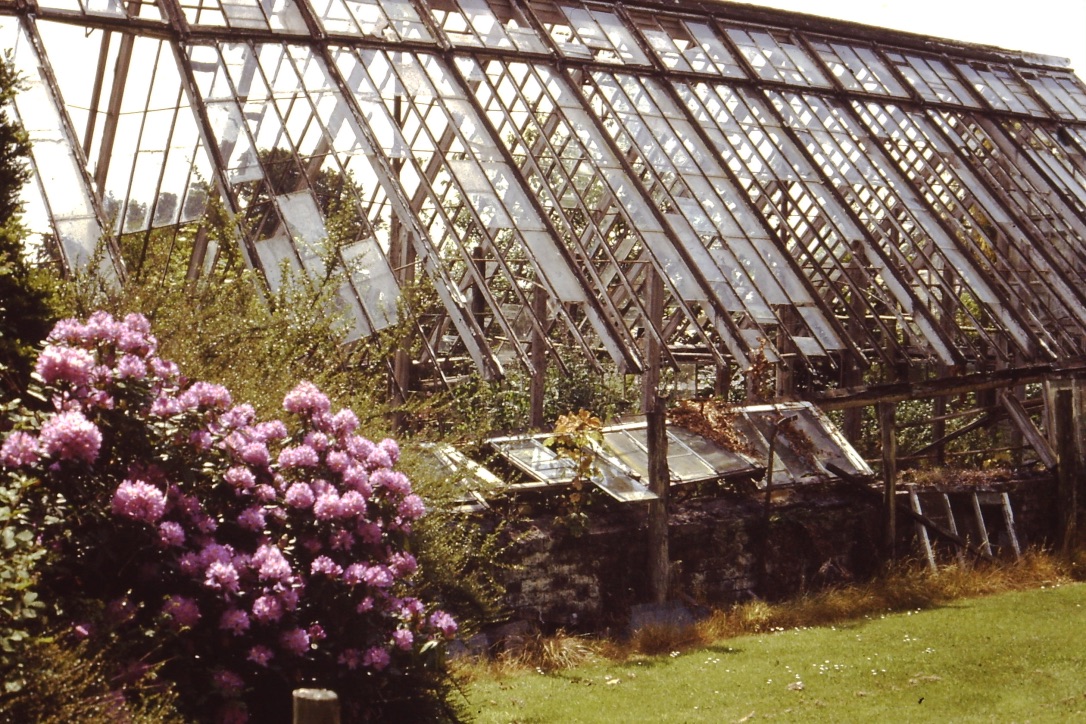
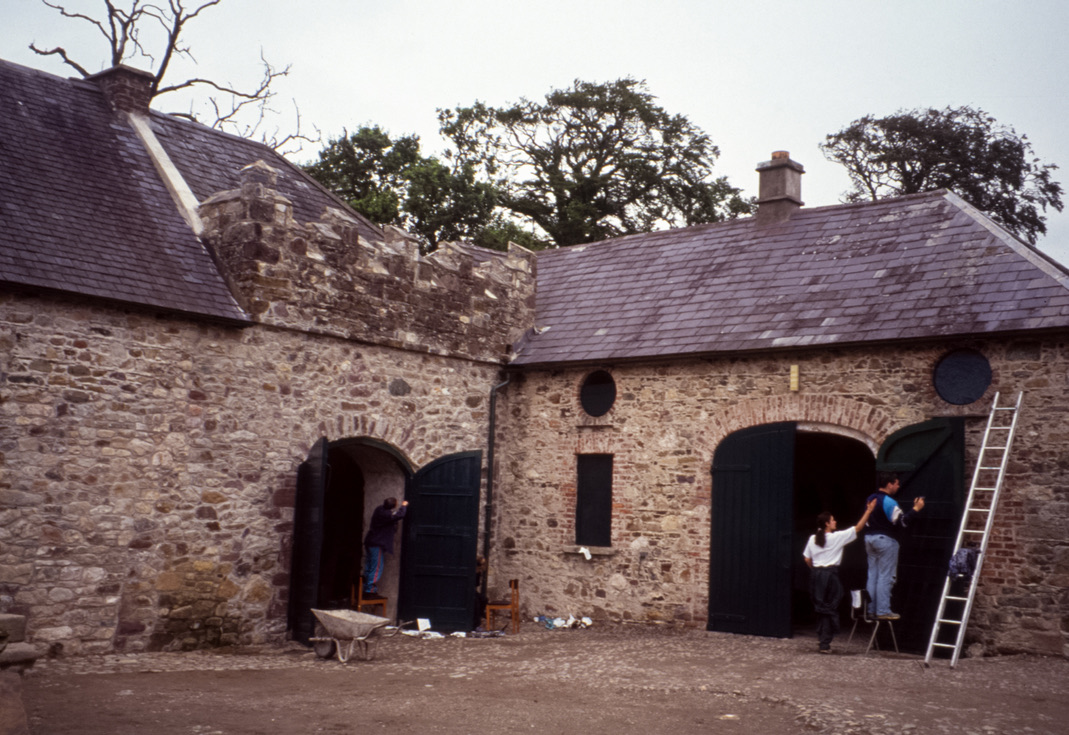
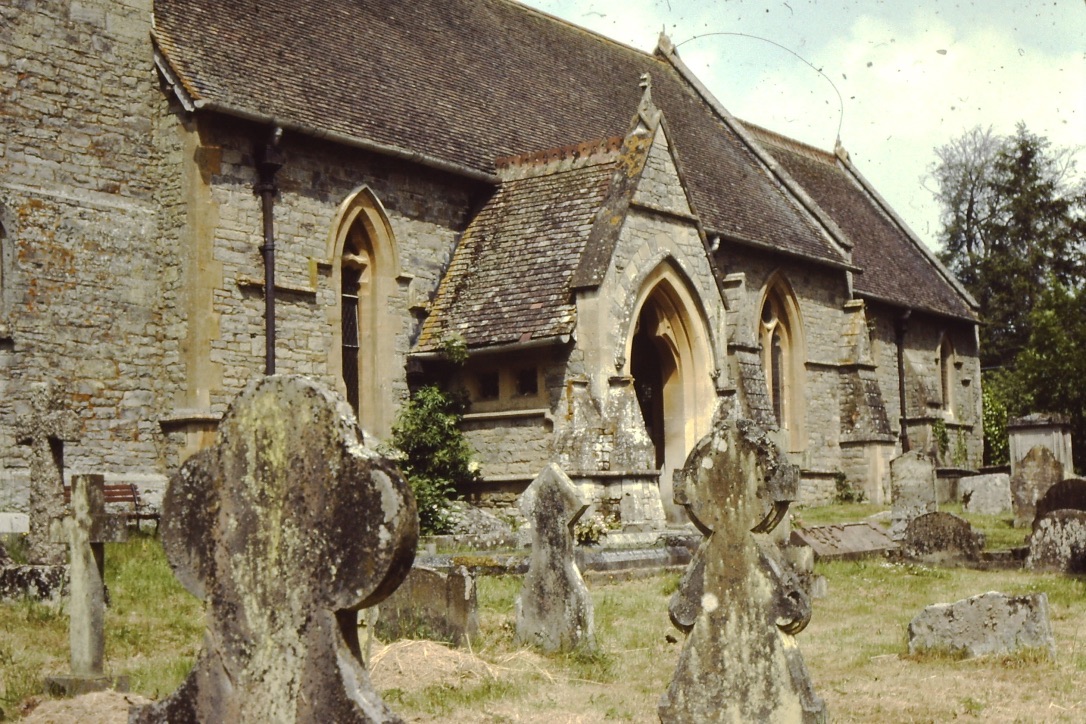
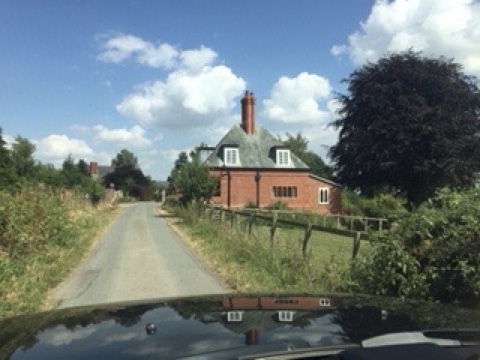
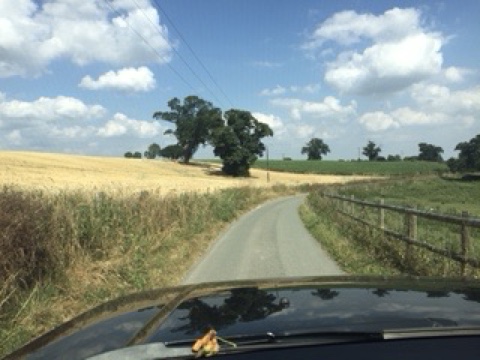

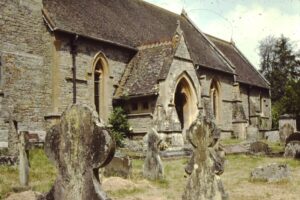

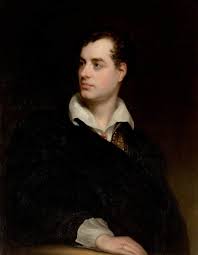

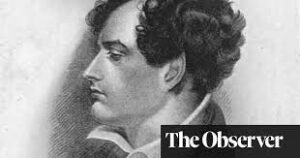

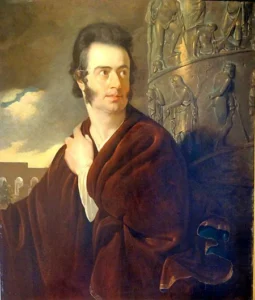




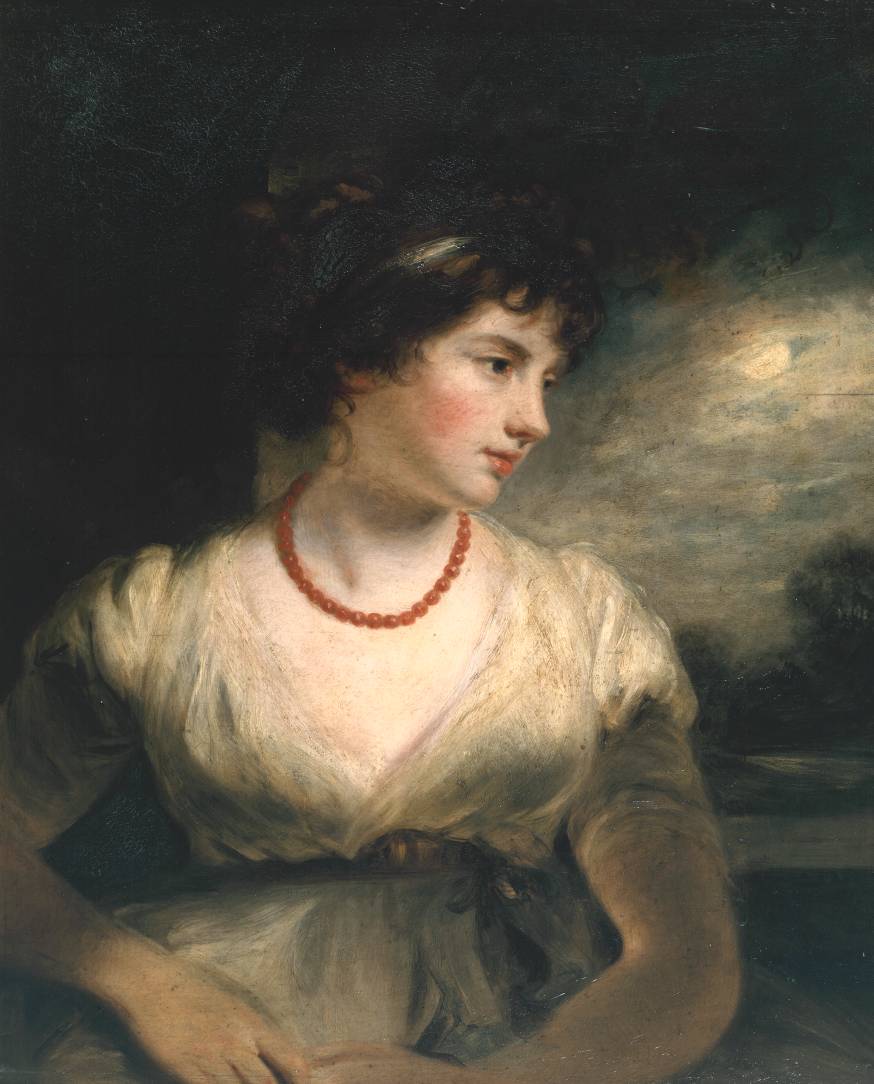


 upload.wikimedia.org/wikipedia/commons/thumb/b/b7/The_Countess_of_Oxford_and_her_daughter%2C_Lady_Jane_Elizabeth_Harley%2C_by_follower_of_John_Hoppner.jpg/1024px-The_Countess_of_Oxford_and_her_daug… 2x” data-file-width=”1707″ data-file-height=”2000″ class=””>
upload.wikimedia.org/wikipedia/commons/thumb/b/b7/The_Countess_of_Oxford_and_her_daughter%2C_Lady_Jane_Elizabeth_Harley%2C_by_follower_of_John_Hoppner.jpg/1024px-The_Countess_of_Oxford_and_her_daug… 2x” data-file-width=”1707″ data-file-height=”2000″ class=””>


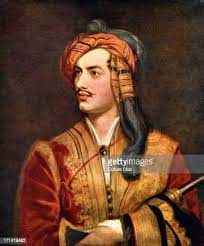





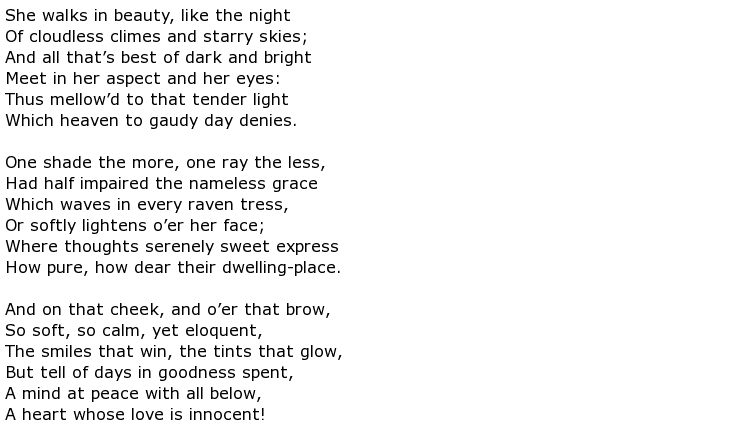
 img.theculturetrip.com/768x/smart/wp-content/uploads/2016/01/b4.jpg 768w,
img.theculturetrip.com/768x/smart/wp-content/uploads/2016/01/b4.jpg 768w,  img.theculturetrip.com/768x/smart/wp-content/uploads/2016/01/b5.jpg 768w,
img.theculturetrip.com/768x/smart/wp-content/uploads/2016/01/b5.jpg 768w,  img.theculturetrip.com/768x/smart/wp-content/uploads/2016/01/b6.jpg 768w,
img.theculturetrip.com/768x/smart/wp-content/uploads/2016/01/b6.jpg 768w, 

